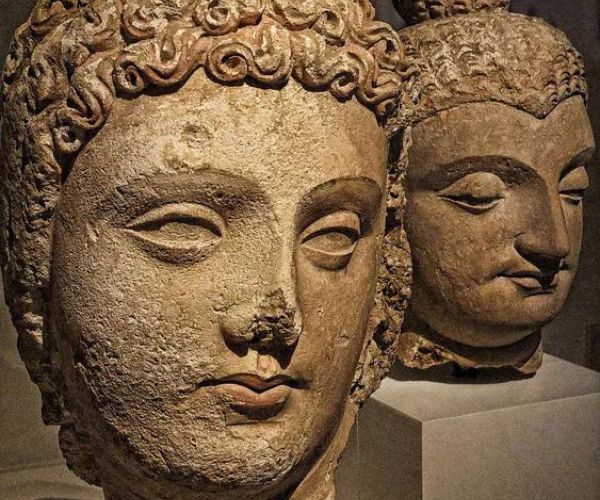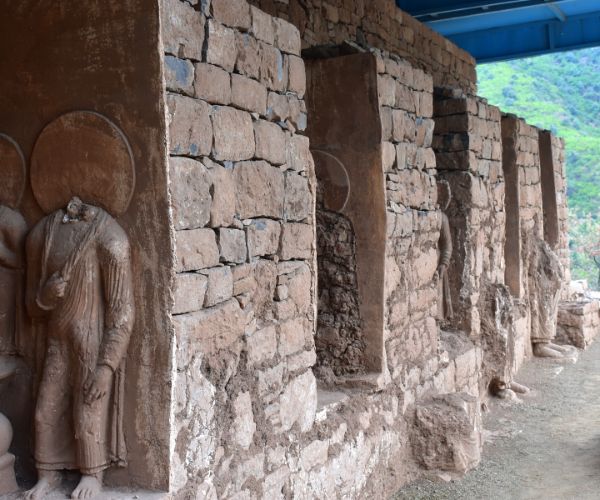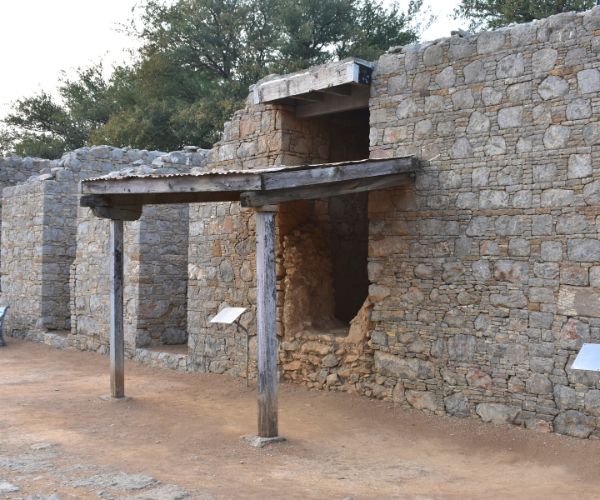- 0300 5899952
- info@taxilamuseum.com
- Archaeological Museum Taxila, District Rawalpindi
- 0300 5899952
- info@taxilamuseum.com
- Archaeological Museum Taxila, District Rawalpindi

Taxila Museum
Approximately 7,000 artifacts
The Taxila Museum showcases approximately 7,000 artifacts, with a total of 30,000 items maintained in the reserve collection. This selection of items consists of stone and stucco sculptures, votive stupas, relic caskets, inscriptions, beads, jewelry, coins, tools, utensils, and a variety of religious, architectural, and everyday objects.

About - Taxila Museum
Taxila Museum contains a remarkable and comprehensive collection of stone and stucco sculptures from the Buddhist Art of Gandhara. These artifacts were discovered from various archaeological sites at the Taxila Valley, including the Bhir Mound, Sirkap and Sirsukh settlements, as well as from the Dharmarajika, Mohra Moradu, Jaulian, Kalawan, Bhamala, Tofkian, Bajran and Giri Buddhist stupas and monasteries. The museum is proudly situated in the middle of these numerous sites.
Gandhara Civilization
Gandhara was initially a province of the Achaemenid Empire until Alexander the Great’s conquest in 327 BCE. The Mauryan Empire, ruled by Chandragupta Maurya, made the region prominent and Emperor Ashoka introduced Buddhism to the people of Gandhara, who subsequently spread it across the borders and into China and other areas. Following Ashoka’s demise, the Mauryan Empire entered a period of decline. For the next 400 years, Gandhara remained under Bactrian Greek control.


History of Taxila City
The archaeological region of Taxila, which was added to the UNESCO World Heritage List in 1980, comprises 18 sites of great cultural value. These sites, located within a 10 Km radius of the city, include three main townships and numerous smaller ruins. Excavations have revealed that Bhir Mound was the first site, built on a Stone Age settlement. The second is a Greek city called Sirkap and the last is Sirsukh, a Kushan settlement.
Few Clicks from Taxila Sites












Read Our Blog
Mohra Muradu, Taxila
Jaulian Buddhist Stupa & Monastery
Dharmarajika Stupa, Taxila
Plan a Trip with us.
We hope you’ll join us for trip soon! We look forward to making your experience a memorable one.
